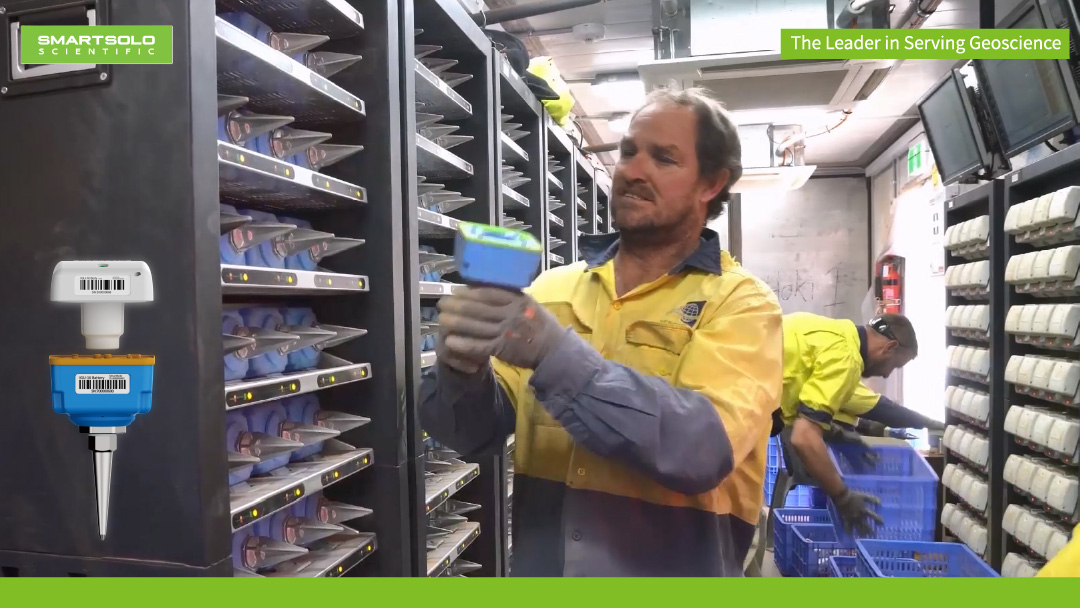Case1. Geothermal exploration project in Belgium using active & passive source
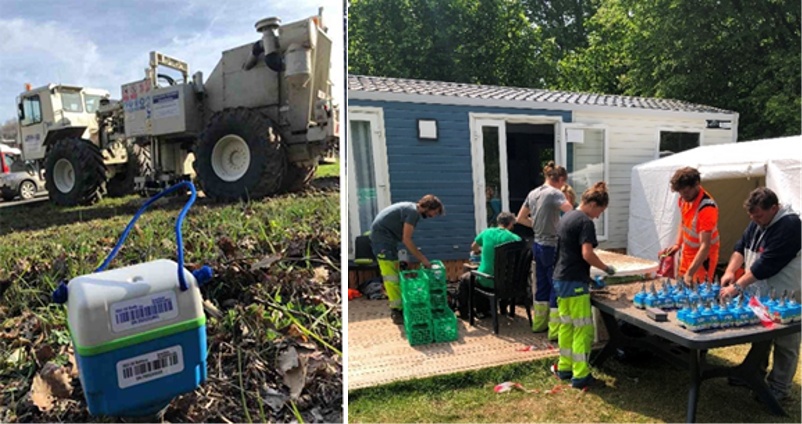
In May 2020, a customer from France completed a geothermal exploration project in Belgium with 2100 channels of SmartSolo. Due to travel & logistical restrictions during the Covid-19 pandemic, the team consisted of no more than 10 people. This compact crew completed deployment, shooting, pickup, data harvest, and submission of deliverable data, all within two weeks. A controllable seismic source (vibro-seis) was adopted during the daytime, with passive data being collected during the night, providing more processing options for the customer.
Case2. High-resolution 3D geological structure survey in Chengdu
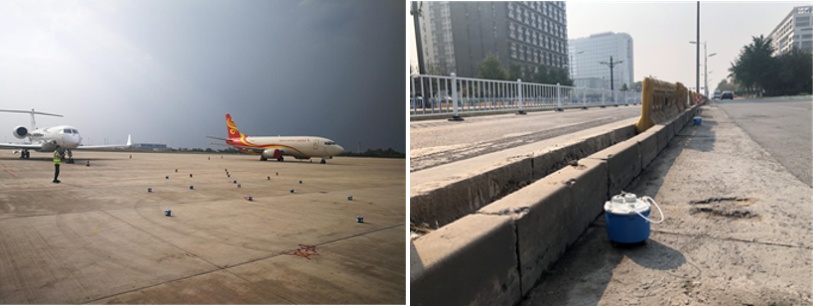
In June 2019, SmartSolo was used in Chengdu, China, to investigate the urban underground space. The design, layout, and completion of this type of survey are very challenging, as there are many large buildings and various other inner-city obstacles. Water hazards, large commercial squares, government offices, subways, underground parking, municipal facilities, roads… the list is long in this highly developed project area. The triangular base available for SmartSolo works well on cement or concrete, providing a simple and effective method for good coupling.
Case3. Active source seismic detection of urban faults
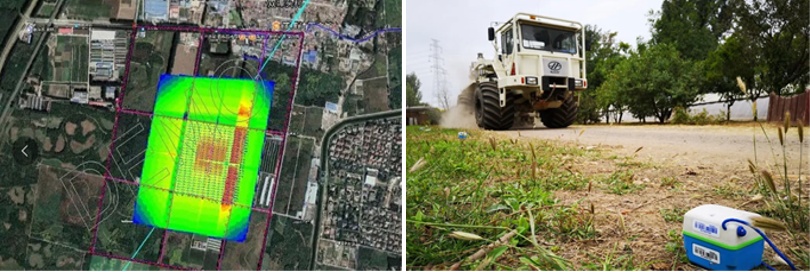
In September 2018, the Institute of Geophysical and Geochemical Exploration (Chinese Academy of Geological Sciences) used SmartSolo to carry out an Underground Structure Survey of Tongzhou, the Capital Sub-Central City in Tongzhou, Beijing. For this survey, vibro-seis was used for source production in the suburbs of the city. The data acquisition was highly effective, and locations of active underground faults were successfully detected.
Case4. Dense array background noise analysis in the mining area
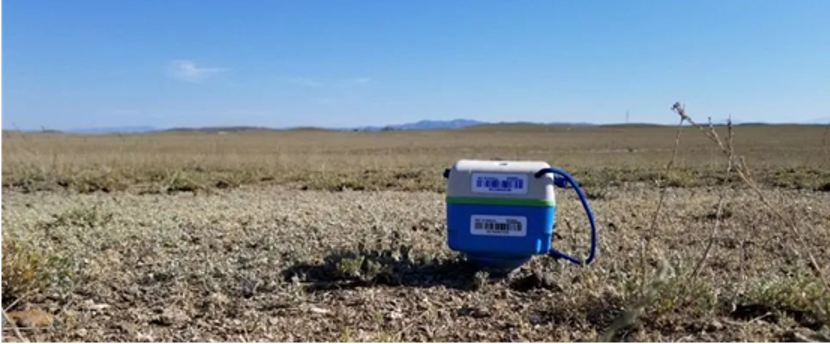
In June 2018, the Institute of Geology and Geophysics, (Chinese Academy of Geological Sciences) used SmartSolo IGU-16 5Hz to conduct a two-month short-cycle intensive seismic monitoring program in Xinjiang. After data acquisition, a background noise imaging method was used to analyze the continuous waveform, and a 3D shear wave velocity structure of the shallow crust (0-1.3km) was obtained. SmartSolo enabled the project to progress efficiently, even in the harsh environment of this Xinjiang mining area.
If you have specific questions or if you'd like information on Smartsolo's application in seismic investigations, please contact us now, and I'll do my best to assist you.



